Traffic lights play a crucial role in ensuring road safety. They guide us through intersections and help maintain a smooth flow of traffic.
But have you ever wondered about the meanings behind each color?
This article explores the significance of red, yellow, and green traffic lights and how they keep us safe on the road.
The purpose of traffic lights
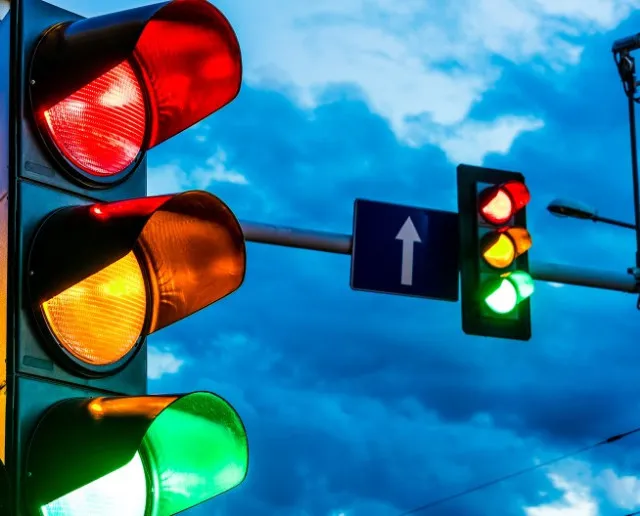
Traffic lights are essential for controlling traffic at intersections and crosswalks.
They reduce the risk of accidents and confusion among drivers and pedestrians.
By organizing traffic flow, these signals provide a clear method for handling right-of-way, ensuring everyone moves safely.
Red light: The command to stop
The red light is the most recognized signal. It commands immediate attention and universally means stop.
Whether driving, cycling, or walking, the red light signals everyone to halt.
But why is red used?
Historically, red has been a warning color associated with danger.
In traffic, the red light creates a clear boundary that must not be crossed until it’s safe to proceed.
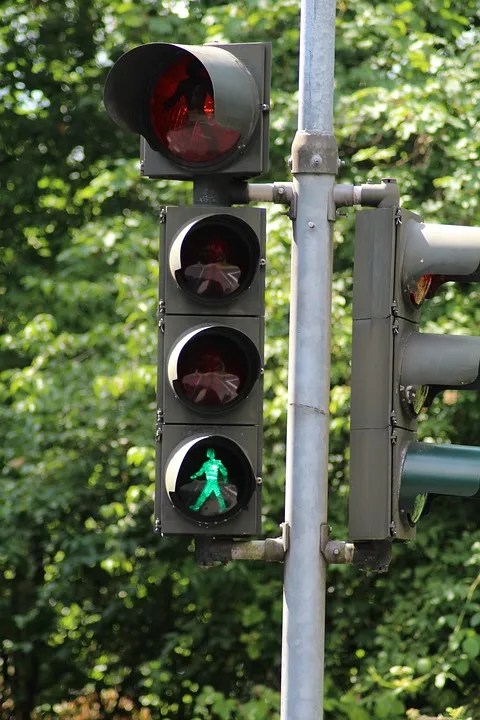
Key point about the red light
– Signals a complete stop for drivers and pedestrians.
– Generally lasts the longest to ensure safety for cross-traffic.
– Running a red light is a major traffic violation.
Yellow light: The warning to slow down
The yellow light serves as a bridge between red and green.
Itt warns that the light will soon turn red, signaling drivers to slow down and prepare to stop.
However, this light often causes confusion.
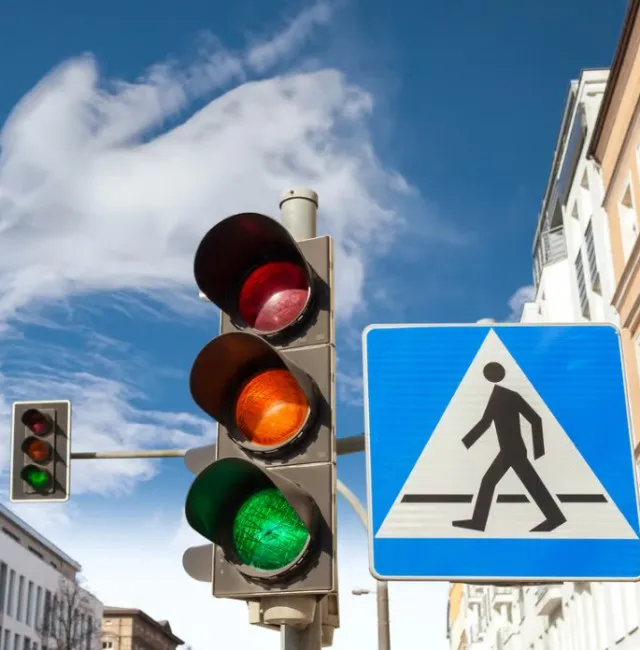
Some drivers rush through the intersection, while others slam on the brakes unnecessarily.
The yellow light’s purpose is to provide a cautionary pause.
It allows vehicles already in the intersection to pass while alerting others to prepare for stopping.
Key points about the yellow light
– Warns that the light will soon turn red.
– Signals drivers to slow down, not speed up.
– Designed to clear the intersection safely before red appears.
Green light: The signal to go
The green light signals that it’s safe to proceed through the intersection.
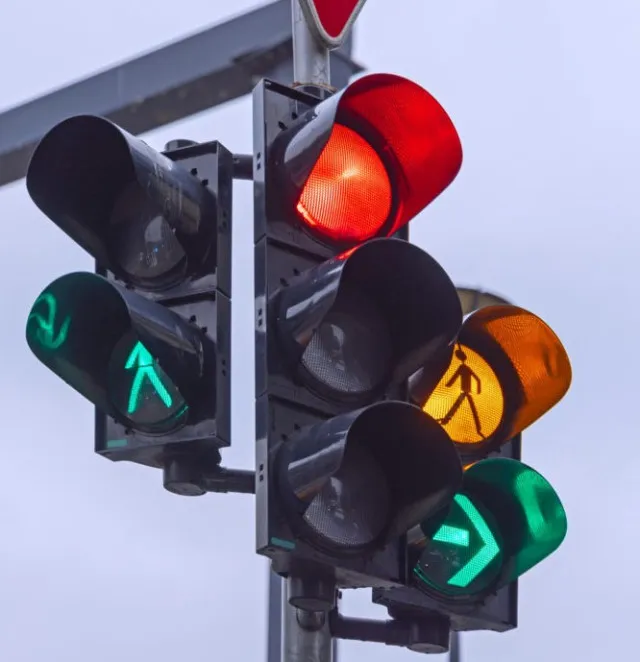
However, moving immediately isn’t always wise.
Drivers should first check for vehicles running a red light or pedestrians still in the crosswalk.
Green lights indicate the “all-clear” for movement. However, they come with a vital condition: only proceed if it’s safe.
In busy areas, waiting a few seconds before moving can prevent accidents.
Sometimes, green lights include arrows.
A green arrow indicates that drivers can make a turn without interference from oncoming traffic.
This helps prevent delays and accidents at busy intersections.
– Key points about the green light:
– Indicates it’s safe to move forward.
– Requires checking for hazards before proceeding.
– Green arrows guide turns safely at intersections.
How the three lights work together
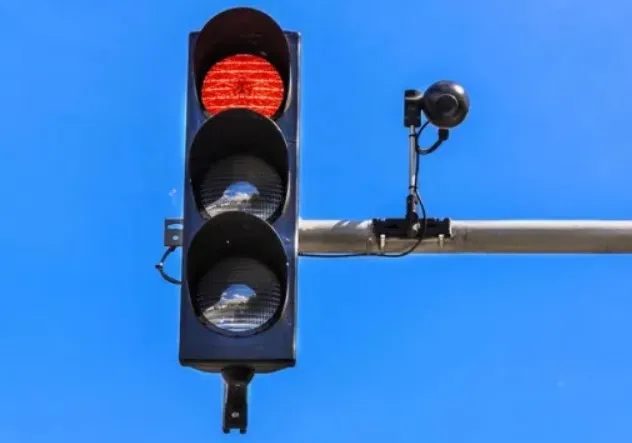
The magic of traffic lights lies in their coordinated operation.
The red, yellow, and green sequence ensures the smooth flow of traffic and reduces confusion.
– Red stops all traffic, allowing pedestrians or cross-traffic to move safely.
– Yellow gives drivers time to prepare for the red light, preventing abrupt stops.
– Green allows traffic to move forward, reducing wait times at intersections.
This system operates on a timed cycle, which varies based on the intersection and traffic volume.
Advanced traffic systems may use sensors to optimize light timing according to traffic levels.
Common misconceptions about traffic light
Many drivers misunderstand traffic light signals.
Here are a couple of common misconceptions:
– Yellow means speed up: Yellow is not a cue to rush; it warns to slow down.
– Green means go without looking: A green light does not guarantee safety. Always check for hazards before proceeding.
Understanding the true meanings of traffic lights can help drivers stay safe and avoid dangerous mistakes.